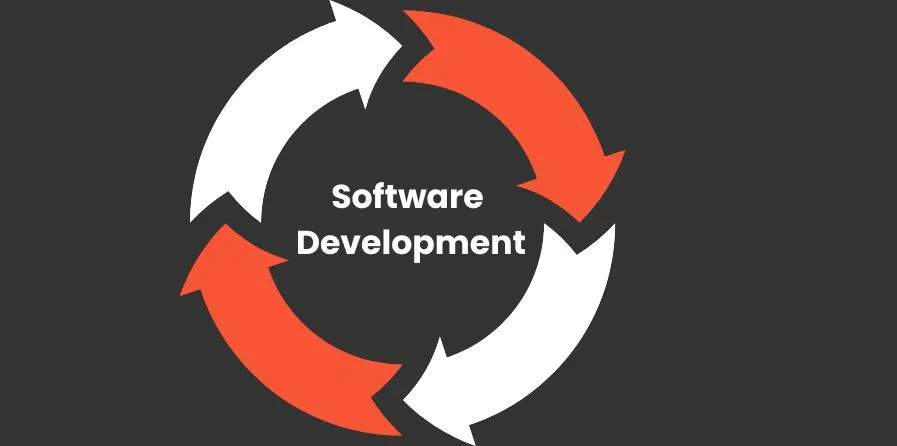The software development life cycle or SDLC determines the path to develop a product and optimize it along the way. It enables business owners to turn creative ideas and market opportunities into scalable product features.
In short, an SDLC is an effective way of turning ideas into profitable products.
This article does not list the SDLC methodologies but addresses the most crucial concerns of the stakeholders involved in software development: Business owners and Product developers.
Software Development Life Cycle is ORGANIC
Software is a living, growing thing and needs to be nurtured and tended to. Once you stop paying attention to your application and declare it “done,” your application starts to wither and die. It will help if you continue to nourish your software with brainpower, thoughts, and new ideas.
Software Development Life Cycle Timeline
How long will it take to build my application?
This question plagues both stakeholders and custom software developers alike because it is such a loaded question. When an application is considered complete – it varies based on an incredible number of factors in the software development life cycle.
These include things like:
- The amount of detail put into creating the original scope of work.
- Changes to the requirements – after development has begun.
- Market conditions (like pandemics) that may change the course of the business.
- Availability of resources.
- “Unknown unknowns.”
However, in the modern software development age, it’s essential to take a different, more organic approach to development.
Be Flexible and Adapt to Changes in Your Business and Application Environments
Change the perceived relationship between your business and your applications. As a software developer, I encourage you to consider, allow, and even accept “never” as the answer to the question: When will my application be developed?
Consider this: Have you ever asked yourself, “when will I know everything?” Or, at the very least, “When will I know everything I need to know?” You probably haven’t, or if you have, you may learn something new, or find a better way to do things, or pick up a new skill.
We are all wired to want to be better, to perform better, and to improve ourselves. It’s part of human nature. Apply this practice to your software development process.
Take Tangible Actions to Maintain a Successful Business Application
The desired business goals can only be attained through actions taken now. It is essential to create more flexibility in your expectations and build a dynamic relationship between your business and its custom software.
- Taking a reprieve from development is fine, but continuous focus and reevaluation are essential. Accept that much like the rest of your business, it needs to grow, change, be maintained, and adapt to the needs of the company.
- Ask others for ideas on how the system can be improved. Especially talk to your super-users, who rely on the system on a day-to-day basis. Super-users typically have several different nuggets of wisdom to make your software more efficient.
- Have regular website meetings to discuss the application, its use, and ideas on how to improve the business through the use of technology.
- If all else fails, hire a managed development service. Look for a development company to partner with, not just one that sees your application as a project, but one who invests in the software’s success as a critical business tool.
Once you start to change the perception of the relationship between your business and its custom software, the investment in growing your application in tandem with growing your business becomes clear.
